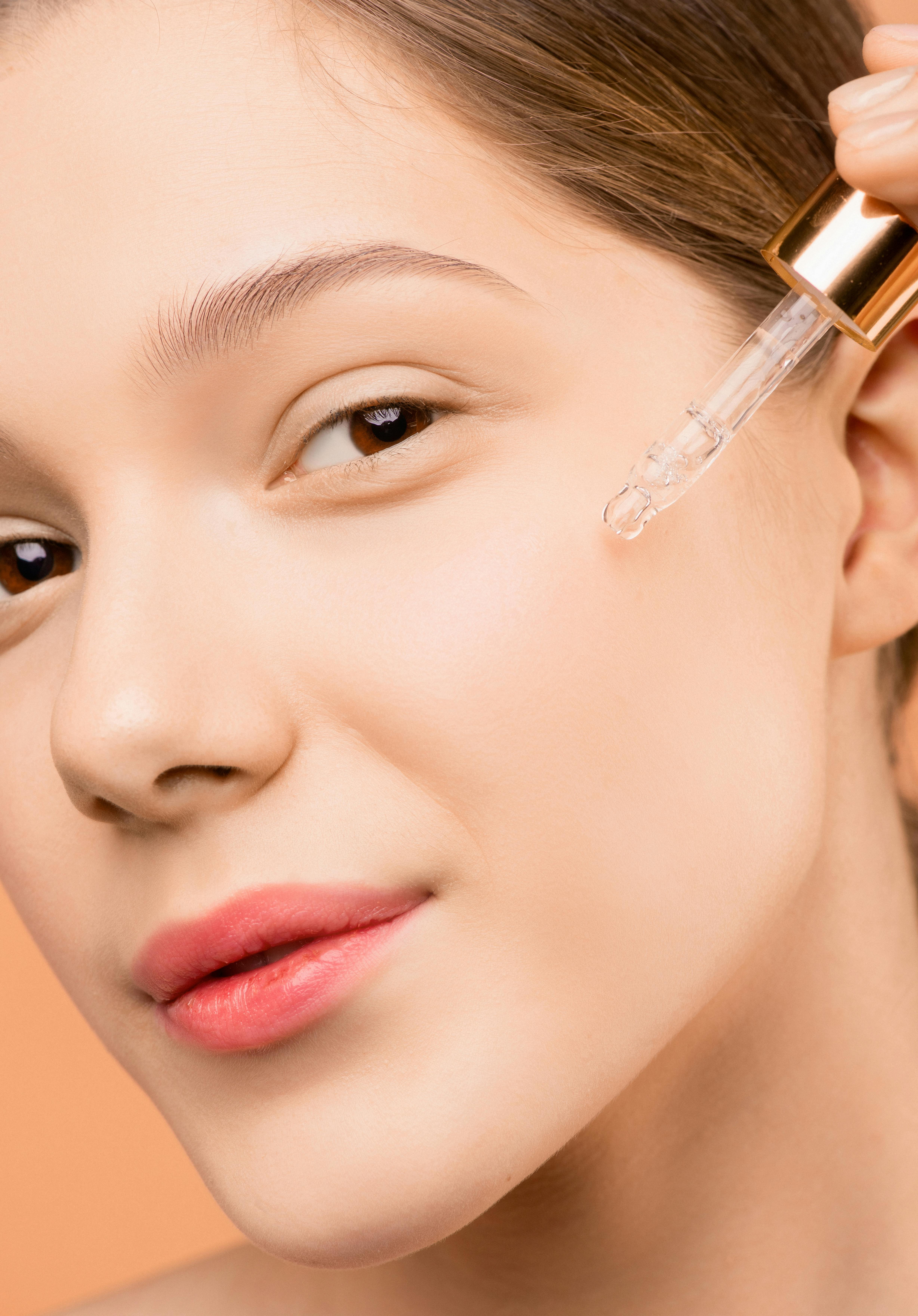How to Read Product Labels for Active Ingredients
Understanding product labels helps you choose skincare and personal-care items that match your needs. This short overview explains where to find active ingredients on cosmetics, makeup, haircare, and other products, why those listings matter for cleansing, hydration, antiaging, and broader wellness goals, and how to interpret common terms so you can make better-informed decisions when shopping or building a routine.

Reading product labels for active ingredients starts with knowing what to scan and why. Labels combine legal requirements, marketing phrases, and ingredient lists; active ingredients are often the components that deliver the advertised effect, such as hydration, cleansing, or antiaging benefits. Whether you use skincare serums, cosmetics, makeup, or haircare treatments, a careful read reveals concentration cues, order of listing, and any qualifying claims. This article walks through label basics, common ingredient names and functions, and practical tips for assessing safety, sustainability, and relevance to dermatology concerns without relying on promotional language.
What should you look for in skincare labels?
Skincare labels typically include an ingredient list (INCI names), a declaration of active ingredients for over-the-counter actives, and directions for use. The INCI list orders ingredients by concentration, highest to lowest, until ingredients present at 1% or less may be listed in any order. Look for specific actives like hyaluronic acid for hydration, niacinamide for barrier support, or retinoids for antiaging—these are usually noted in the ingredient list rather than marketing copy. Also check the product’s intended skin type, pH (when provided), expiration date, and any warnings to ensure compatibility with your routine and skin sensitivities.
How do cosmetics and makeup list active ingredients?
Cosmetics and makeup focus on function—color, coverage, texture—and so their active ingredients may be less prominent than in treatment products. The INCI list still applies: pigments, emollients, preservatives, and solvent agents appear in descending order. If a makeup product claims skincare benefits, the active ingredient responsible for that effect should be present in a meaningful concentration; otherwise the claim may be more marketing than substance. For sensitive skin, prioritize products with fewer known irritants high on the list and watch for common sensitizers such as certain fragrance components or alcohol denat. Cosmetic labels can also show regulatory statements about hypoallergenic testing or dermatologist involvement, which require further verification.
How to read haircare ingredient lists?
Haircare labels include surfactants for cleansing, conditioning agents, proteins, humectants, and silicones. The listing order tells you which ingredient classes dominate the formula. For example, if a shampoo lists sulfates high on the list, it will likely have stronger cleansing action; if conditioning agents like cetearyl alcohol or behentrimonium chloride are higher, the product may feel more conditioning. Active hairgrowth or scalp actives are often listed separately (e.g., minoxidil) and regulated differently. For colored or chemically treated hair, seek products where moisturizing agents and gentle surfactants appear prominently to help maintain hydration and reduce damage.
Which ingredients affect hydration and cleansing?
Hydration typically comes from humectants (hyaluronic acid, glycerin, propylene glycol), emollients (fatty alcohols, oils), and occlusives (petrolatum, dimethicone). Cleansing relies on surfactants—milder options include sodium cocoyl isethionate or decyl glucoside, while stronger cleansers include sodium lauryl sulfate. When reading labels, identify humectants near the top for real hydrating potential; emollients and occlusives listed higher indicate more skin-smoothing or barrier-supporting effects. Balance is key: overly aggressive surfactants combined with few hydrating agents can strip skin and hair, whereas heavy occlusives without humectants might feel greasy without improving moisture retention.
What do dermatology-related terms mean on labels?
Labels may use clinical or dermatology-related language—”non-comedogenic,” “dermatologist-tested,” or “clinical strength.” These terms are not uniformly regulated, so read the ingredient list to confirm. “Non-comedogenic” suggests a lower likelihood of pore-clogging, but ingredient behavior can vary by formulation and skin type. “Fragrance-free” differs from “unscented”: fragrance-free means no added fragrances, while unscented may contain masking scents. For acne, rosacea, or eczema, active ingredients like benzoyl peroxide, salicylic acid, azelaic acid, or ceramides are relevant; their presence and concentration should be verified by the list. This article is for informational purposes only and should not be considered medical advice. Please consult a qualified healthcare professional for personalized guidance and treatment.
How to evaluate sustainability and antiaging claims?
Sustainability and antiaging are common label themes. For sustainability, look for transparent sourcing, recyclable packaging indications, or third-party certifications (e.g., recyclable symbol, specific certification names); verify these claims through independent resources when possible. Antiaging claims should be supported by recognized actives—peptides, retinoids, antioxidants such as vitamin C—and their placement in the INCI list can suggest whether they are present in effective amounts. Beware of vague terms like “age-defying” without clear active listings. Consider formulation compatibility, potential irritation from potent antiaging actives, and whether the product’s sustainability statements are substantiated rather than purely marketing.
In summary, reading product labels for active ingredients requires attention to ingredient order, recognized active molecules, and contextual cues like intended use and skin type suitability. Use INCI names to cross-reference actives, prioritize products where the active ingredient appears early in the list for likely effective concentration, and verify sustainability or dermatology-related claims independently. A careful read helps match cosmetics, makeup, skincare, and haircare items to your selfcare and wellness goals while minimizing unwanted reactions and aligning with personal sustainability preferences.





